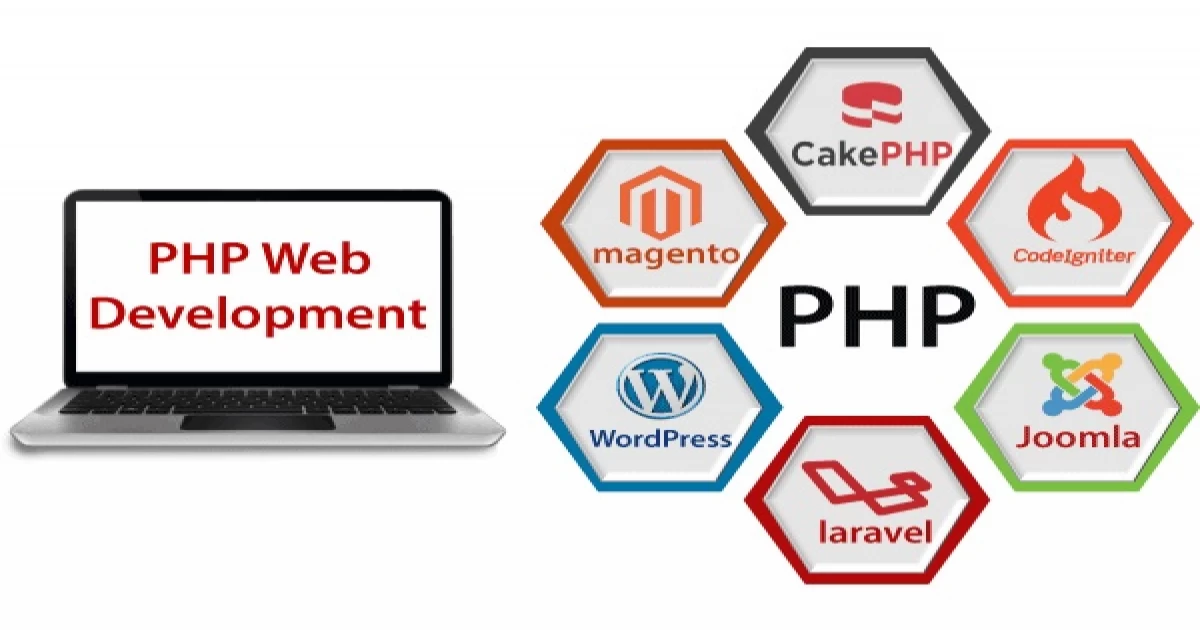
An Introduction to PHP and Its Frameworks | Learn About PHP Web Development
Introduction
PHP (Hypertext Preprocessor) is a popular open-source server-side scripting language used to develop dynamic web pages and web applications. It was created in 1994 by Rasmus Lerdorf and has since become one of the most widely used programming languages on the web. PHP is often used in conjunction with a database management system such as MySQL, and it can be embedded into HTML code to create dynamic content.
PHP is a powerful language that can be used to create a wide range of web applications, from simple blogs to complex e-commerce sites. In this article, we will explore the basics of PHP and its frameworks, which are designed to help developers build web applications more efficiently.
Basics of PHP
PHP is a server-side scripting language, which means that it is executed on the server before the web page is sent to the client's browser. The client only sees the output of the PHP code, which is usually HTML, CSS, or JavaScript.
PHP can be used to perform a wide range of tasks, including:
- Generating dynamic content
- Processing form data
- Creating, reading, and updating files
- Managing sessions and cookies
- Connecting to databases
PHP syntax is similar to C, Java, and Perl, and it is easy to learn for those who are already familiar with programming concepts. Here is an example of a simple PHP script that outputs "Hello, world!" to the browser:
php<?php
echo "Hello, world!";
?>
In this example, the echo statement is used to output the string "Hello, world!" to the browser.
PHP Frameworks
PHP frameworks are pre-built software frameworks that provide developers with a set of tools and features to help them build web applications more efficiently. A framework can provide a solid foundation for a web application, saving developers time and effort in the development process.
There are several popular PHP frameworks available, including:
- Laravel
- Symfony
- CodeIgniter
- Yii
- CakePHP
Each framework has its own set of features and advantages, so it is important to choose the one that best suits your needs. Here is a brief overview of some of the most popular PHP frameworks:
- Laravel
Laravel is a modern, open-source PHP framework that was released in 2011. It is designed to be simple, elegant, and expressive, with a focus on developer productivity. Laravel provides a wide range of features, including:
- Routing
- Authentication
- Database migrations
- Eloquent ORM
- Blade templating engine
- Artisan command-line tool
Laravel has a strong community of developers and users, with an active online forum, documentation, and a large ecosystem of third-party packages.
- Symfony
Symfony is a mature, stable PHP framework that was first released in 2005. It is designed to be flexible and extensible, with a focus on code quality and maintainability. Symfony provides a wide range of features, including:
- Routing
- Templating
- Doctrine ORM
- Security
- Console component
Symfony has a large and active community, with comprehensive documentation, and a wide range of third-party packages.
- CodeIgniter
CodeIgniter is a lightweight, fast PHP framework that was first released in 2006. It is designed to be easy to learn and use, with a focus on performance and simplicity. CodeIgniter provides a range of features, including:
- Routing
- Database abstraction
- Active Record
- Form validation
- Security
CodeIgniter has a small footprint, making it easy to install and deploy. It also has a large community of developers and users, with active forums and documentation.
- Yii
Yii is a high-performance PHP framework that was released in 2008. It is designed to be fast, secure, and flexible, with a focus on performance and ease of use. Yii provides a wide range of features, including:
- Model-View-Controller (MVC) architecture
- Database abstraction
- Active Record
- Form validation
- Security
- Authentication and authorization
Yii is known for its speed and scalability, making it a popular choice for large-scale web applications. It also has a large community of developers and users, with active forums and comprehensive documentation.
- CakePHP
CakePHP is a popular PHP framework that was first released in 2005. It is designed to be easy to use and learn, with a focus on rapid development. CakePHP provides a wide range of features, including:
- Model-View-Controller (MVC) architecture
- Database abstraction
- Active Record
- Form validation
- Security
CakePHP has a strong community of developers and users, with active forums and documentation. It is known for its ease of use and rapid development capabilities, making it a popular choice for small to medium-sized web applications.
Conclusion
PHP is a powerful language for building dynamic web applications, and its frameworks provide developers with a set of tools and features to help them build applications more efficiently. Laravel, Symfony, CodeIgniter, Yii, and CakePHP are some of the most popular PHP frameworks, each with its own set of advantages and features. By choosing the right PHP framework for your needs, you can streamline your development process and create web applications that are scalable, secure, and efficient.




Comments
No comments yet.
Add Comment